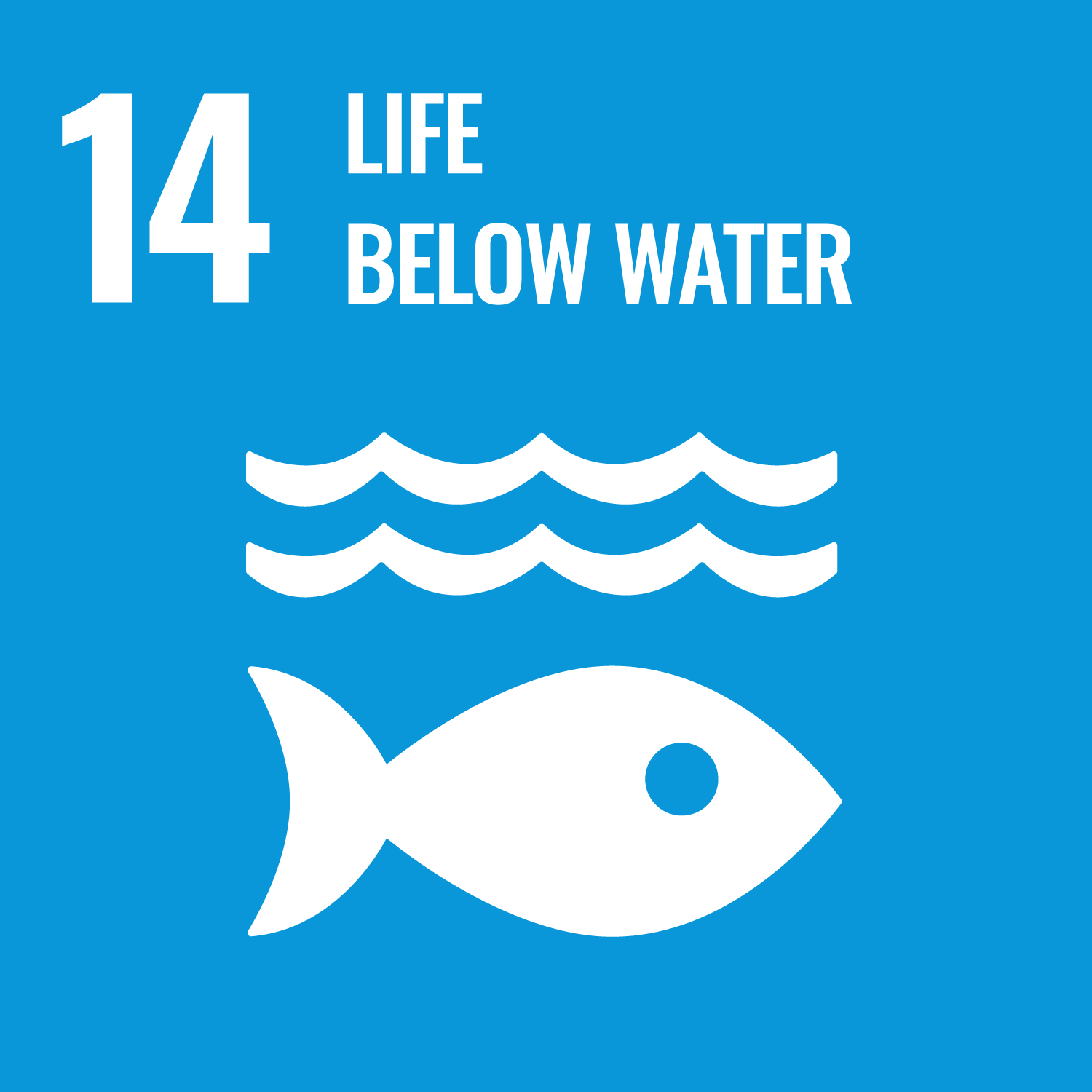ORCID
- Gerd Masselink: 0000-0001-6079-7611
- Timothy Scott: 0000-0002-3357-7485
- Mark Davidson: 0000-0001-9208-8297
Abstract
The storm sequence of the 2013–14 winter left many beaches along the Atlantic coast of Europe in their most eroded state for decades. Understanding how beaches recover from such extreme events is essential for coastal managers, especially in light of potential regional increases in storminess due to climate change. Here we analyse a unique dataset of decadal beach morphological changes along the west coast of Europe to investigate the post-2013–14 winter recovery. We show that the recovery signature is site specific and multi-annual, with one studied beach fully recovered after 2 years, and the others only partially recovered after 4 years. During the recovery phase, winter waves primarily control the timescales of beach recovery, as energetic winter conditions stall the recovery process whereas moderate winter conditions accelerate it. This inter-annual variability is well correlated with climate indices. On exposed beaches, an equilibrium model showed significant skill in reproducing the post-storm recovery and thus can be used to investigate the recovery process in more detail. © 2018 John Wiley & Sons, Ltd.
DOI Link
Publication Date
2019-01-17
Publication Title
Earth Surface Processes and Landforms
Volume
44
Issue
1
ISSN
0197-9337
Acceptance Date
2018-09-03
Embargo Period
2019-09-07
First Page
393
Last Page
401
Recommended Citation
Dodet, G., Castelle, B., Masselink, G., Scott, T., Davidson, M., Floc'h, F., Jackson, D., & Suanez, S. (2019) 'Beach recovery from extreme storm activity during the 2013–14 winter along the Atlantic coast of Europe', Earth Surface Processes and Landforms, 44(1), pp. 393-401. Available at: 10.1002/esp.4500


